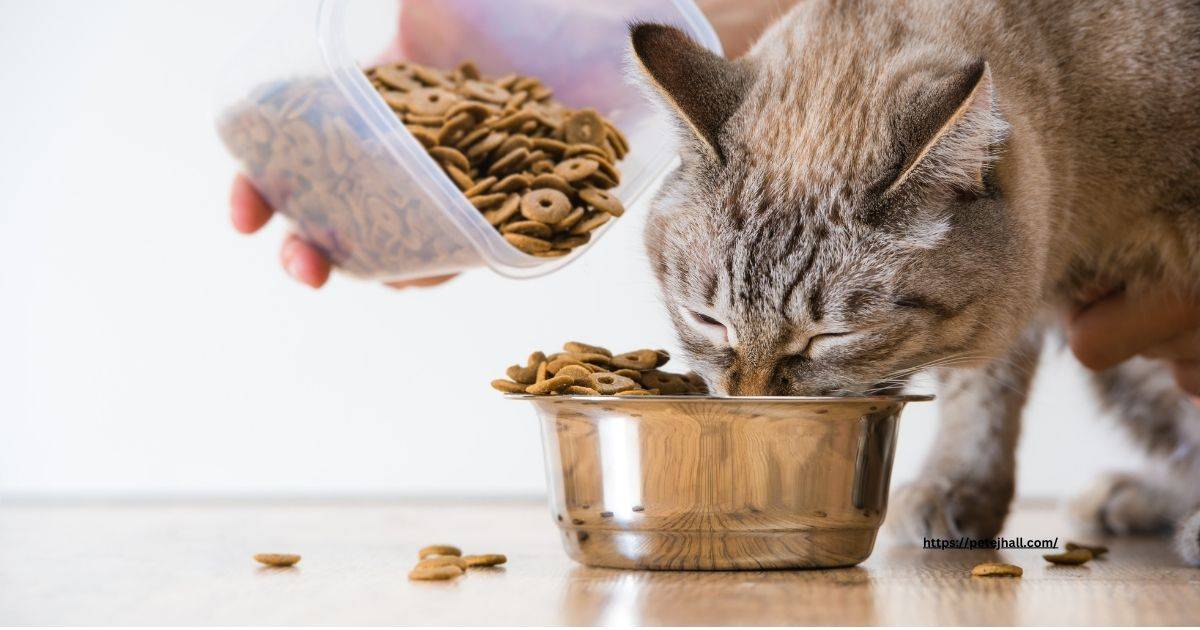The type of food you feed your feline friend and the timing of feeding are crucial factors in their growth stages, from kitten to adulthood. That’s why one of the most commonly asked questions among cat owners is, When Do You stop feeding cats Kitten Food? Below, we walk you through the ins and outs of switching to adult cat food from kitten food so that your feline friend can live a healthy life.
Why Kitten Food Is Different
While kittens may appear to be little cats, their diet and food requirements differ quite a bit from those of an adult cat. Specially designed kitten food meets the high energy levels of kittens and supports their rapid growth. Discuss the unique characteristics of kitten food and how it contributes to their overall health.
1. Greater Protein for Our Muscles
Kittens mature fast, requiring merely months to establish their bones, muscular tissues, and the organs within them. Kittens consume more food than adult cats due to the need for additional protein to sustain their growth. Kittens require protein to meet the amino acid requirements of their growing muscles and tissue. Kittens require a protein content of 35–40% to develop robustly.
2. The Type of Calories Needed: High energy requirements
Kittens are such energetic little creatures as they play, explore, and get to know their world. They also have faster metabolisms than adult cats, so they require more calories to keep up with their antics. Kitten food typically has a higher calorie density to meet these energy requirements, encouraging kittens to be strong without feeling lazy or lethargic.
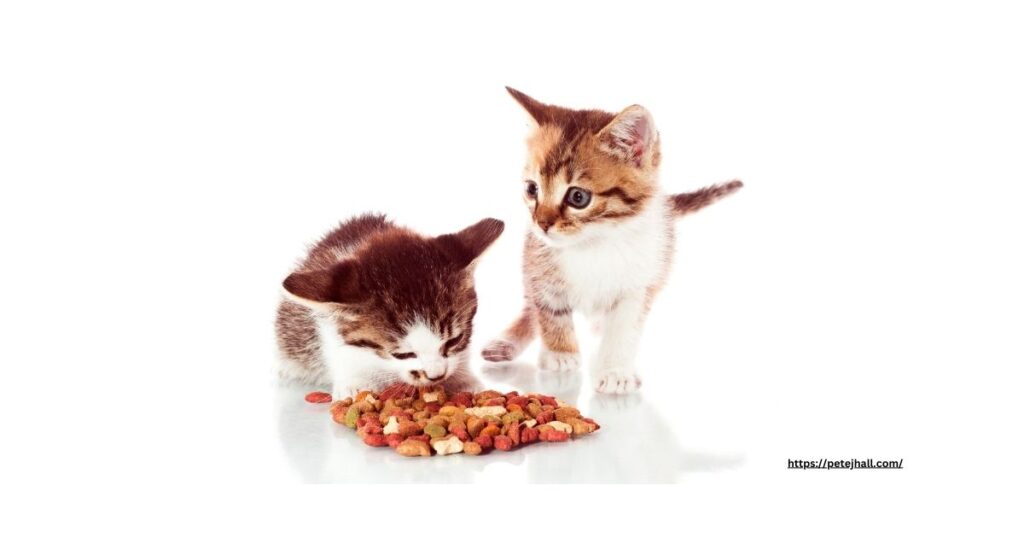
3. Rich in essential fatty acids for the brain and eyes.
DHA (docosahexaenoic acid) is an omega-3 fat that the brain and eyes need for development (jQuery 2511). DHA, which is present in fish oil (thank god for these Sea-Kittens!), is critical to the sharp vision and cognitive skills of the little ones. Kitten food is often richer in DHA and other omega-3 fatty acids than adult cat food, which can give them a developmental boost, especially during their early years.
4. Does it have the recommended balanced calcium and phosphorus for bone development?
Kids are still building bones, so a careful balance of calcium and phosphorus is important. A mixture of both minerals is important in order to strengthen bones and reduce the risk for developmental problems. Specially formulated kitten food contains appropriate amounts of these minerals to aid in the development of strong, healthy bones and minimize the likelihood of joint problems in the future.
5. I may have extra vitamins and antioxidants to boost your immune system.
Kittens rely on their immune systems to combat disease, which increases their susceptibility to bacterial infections and other health issues. Kitten food contains vitamins (like vitamin E) and antioxidants that support the immune system, which will prevent your kittens from facing common health issues later in their lives. In fact, many of these vitamins are purveyed in larger quantities for kitten food, providing additional protection to their developing bodies.
6. Chunks—smaller and easier to chew
This also applies to the texture of kitten food. Typically, kitten kibble is designed to be smaller and softer to facilitate the development of teeth in kittens’ developing mouths. This helps them become healthier, which in turn improves their bite, leading to the proper growth of their jaw and teeth.
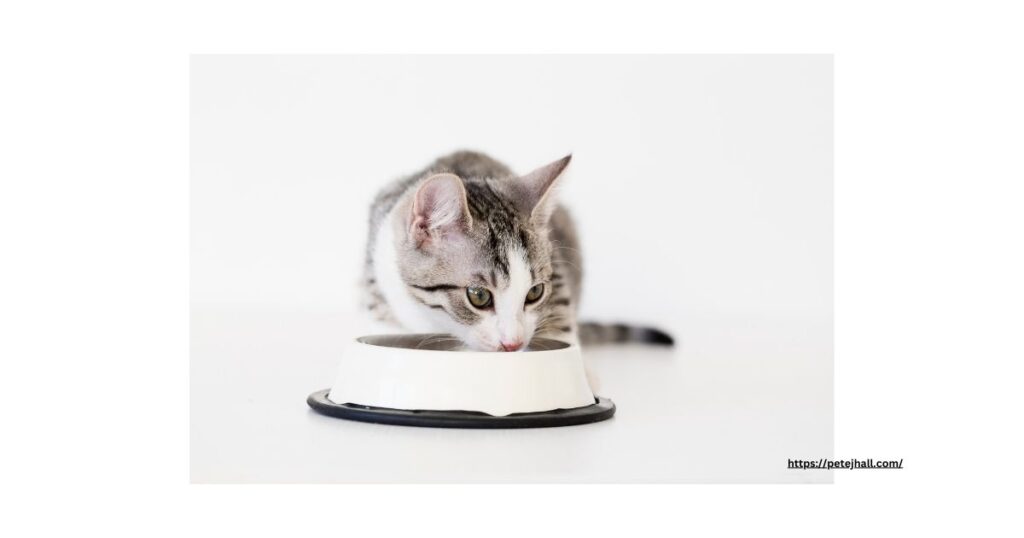
7. Increase the frequency of feedings and reduce the quantity
Kittens have a tendency to eat smaller, more frequent meals compared with how adult cats would. Their tummies are still adjusting to the new food, so they can only consume limited quantities. Kitten food is very energy-dense, so they need less than an adult cat may seem to eat with its normal stomach.
When Do You Stop Feeding Cats Kitten Food?
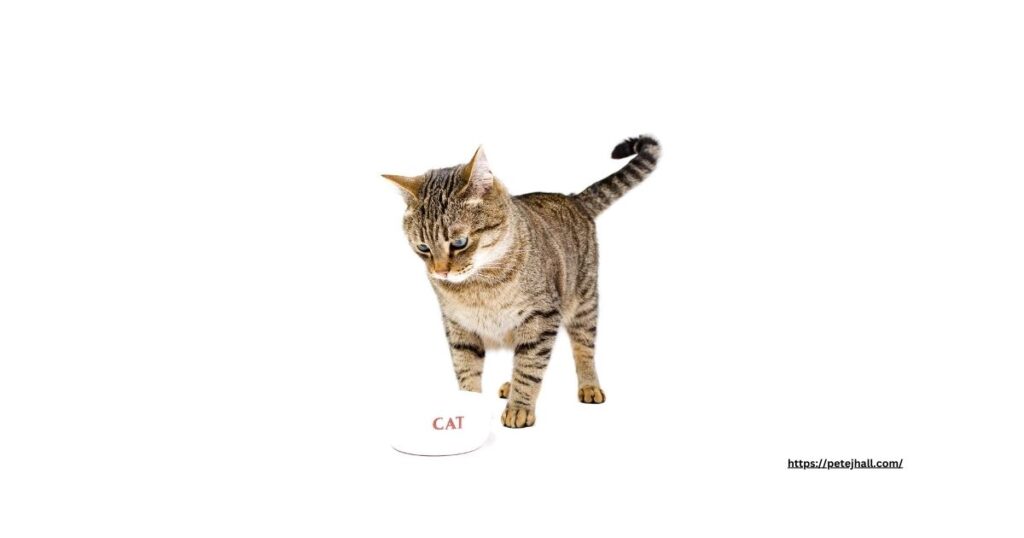
Around one year of age, when they have finished developing all parts of their body, we switch kittens to adult cat food. By this age, they are no longer in need of the high calorie and nutrient densities found in kitten food. It’s crucial to switch to adult cat food to prevent obesity and various health issues.
How Pressed Feeding Can Do Good
Feeding the correct food is very important for the proper growth, health, and development of a kitten. Kitten food supplies all essential nutritional building blocks to build a strong base in early life, setting the stage for their best start. Hopefully, with these necessary items, they will grow into a healthier, happier feline.
At what age should I switch from kitten food?

Typically by 12 months, kittens are ready to transition from kitten-formulated cat food to adult cat food. However, the exact timing may vary depending on the breed and the cat’s growth rate. Continue reading for essential information about the transition process.
Small to Medium-Sized Breeds:
Generally, you should only feed these cats kitten food for a year, after which they will be fully mature and your vet can recommend the appropriate adult diet.
Large Breeds (i.e., Maine Coons)
This explains why larger dogs tend to be less mature and require more time to mature: until they reach 18-24 months of age, their bodies still resemble puppies. In these situations, continue feeding the kittens until their growth is complete.
Spayed or Neutered Kittens:
However, if you spay or neuter them before they turn one year old, there’s a chance their metabolism will slow down, necessitating an earlier switchover.
How to Know When Your Kitten Is Ready for Adult Food
Here are some indications that your kitten might be prepared for switching:
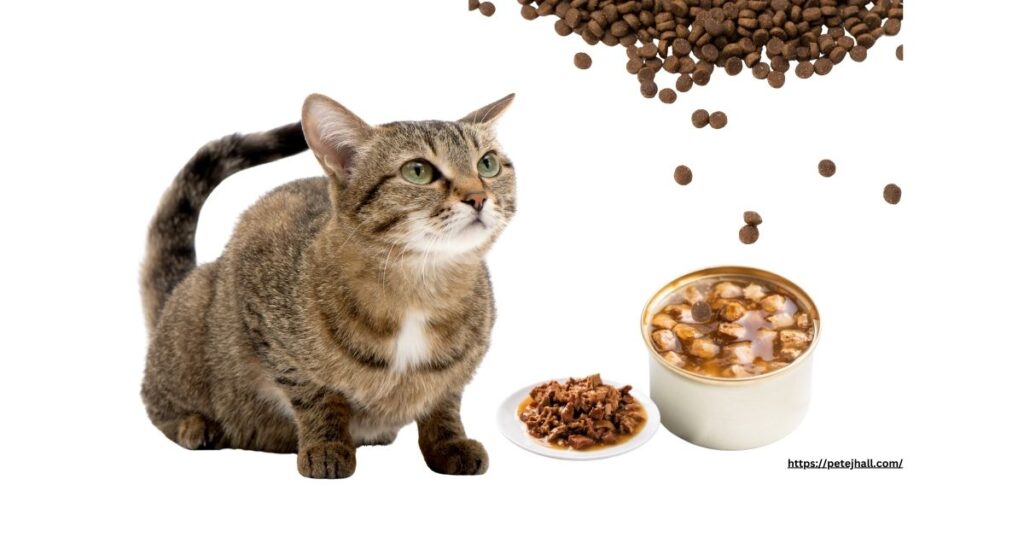
Slowing Growth:
A slowdown in your kitten’s growth rate typically indicates that they are obtaining all the necessary calories and nutrients from their food, eliminating the need for additional nutrients from kitten-specific foods.
Weight Gain:
If you continue to feed kitten food to a cat that has stopped growing, it won’t result in weight loss, but rather in unwanted weight gain. If your cat is becoming too fat, consider transitioning to adulthood.
Age and Development:
By a year old, most cats have reached skeletal maturity, and their energy rates are beginning to slow. It is time for you to start thinking about altering your cat’s diet.
Transitioning from Kitten Food to Adult Cat Food
Moving from kitten food to adult cat food should always be a slow process. To assist you in easily transitioning, I am providing a comprehensive step-by-step guide.
Introduce Adult Food Slowly:
You can achieve this by combining 75% kitten food with 25% adult cat food. After a few days, increase the adult food to 50%. Continue to increase this over a week or two until the cat consumes the adult meal.
Monitor Their Reaction:
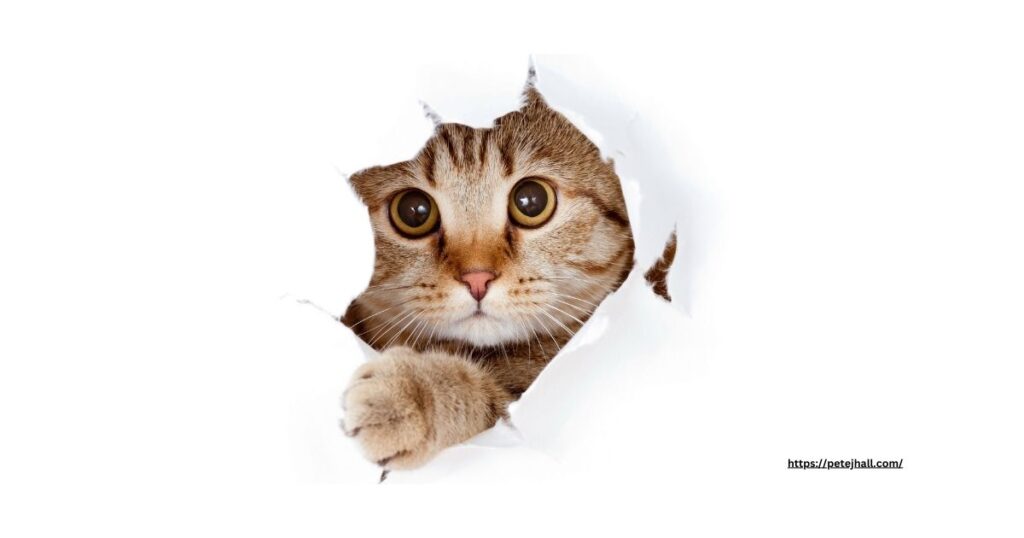
During this transitional period, be vigilant for signs of digestive issues such as diarrhea or vomiting. Slow down or see your vet if you encounter any discomfort in the cat.
Select high-quality adult cat foods.
Select high-quality adult cat food that includes all essential ingredients that are beneficial for your health. Cat Find foodstuffs recommended by professional pet nutrition organizations.
Why nutrition is so important for adult cats
A well-balanced diet is very important to the health of your cat, and continuing with kitten food for adult cats can result in problems such as:
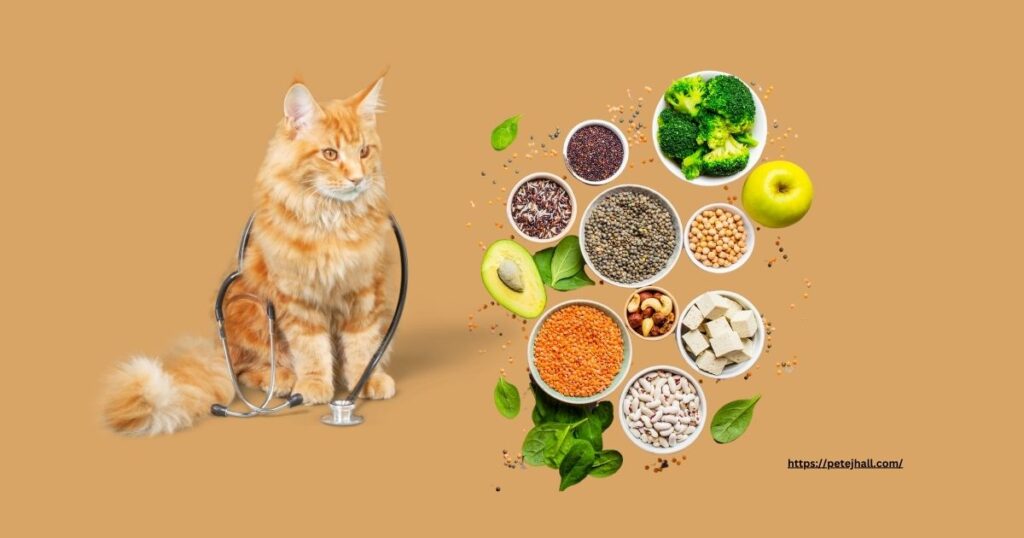
Weight gain and obesity:
Kitten food is even higher in calories, and feeding an adult cat to a kitten will result in excess weight. Obesity can lead to severe health issues that are avoidable. Diabetes and joint issues are just a few of the numerous metabolic problems that overweight felines may encounter.
Imbalance in Nutrients:
Kitten food contains higher levels of protein and fat, which are beneficial for growing kittens but may be excessive for adult cats. This, over time, can lead to indigestion and other health problems.
It also involves an increased risk of health issues.
If you feed a cat the wrong diet, they are at risk of kidney illness and heart disease, which can worsen the condition through deplorable bodily processes.
FAQ
Feeding your cat , kitten, or adult food
However, this is only applicable during the transition period from one diet to another. If your cat has never been on this type of diet before, it is a good idea to mix both together at first. However, you should not continue mixing it long-term, as sometimes cats will overeat when fed this way due to the taste.
My Cat Won’t Eat Adult Food—What Do I Do?
Cats can be fussy when you change the diet. If owners have been feeding wet food, try mixing it with their dry or using a different flavor. You can also change the temperature of your food to make it more tempting.
Wet adult cat food is compared to dry adult cat food on edu.com.
Both have their benefits. While wet food is better for hydration and easier to chew for cats, dry foods can also have benefits such as promoting dental health. You can select either or a combination of the two depending on what your cat prefers and his health requirements.
Conclusion
Transition from kitten to adult cat food is important for maintaining the long-term health of cats. In general, most cats are ready around 12 months of age; some larger breeds may take a little longer. Change it one step at a time, monitor your cat’s reaction, and help him/her to adjust by giving high-quality adult cat food to keep them healthy.
If you are at any point worried about what your cat eats, ask a veterinarian for help in choosing the best diet.

